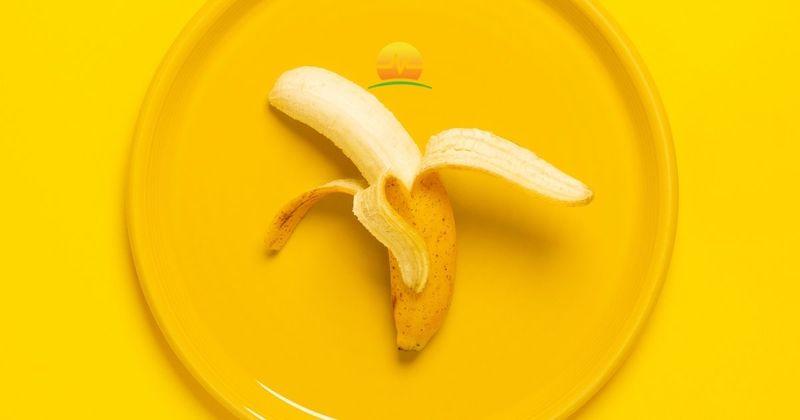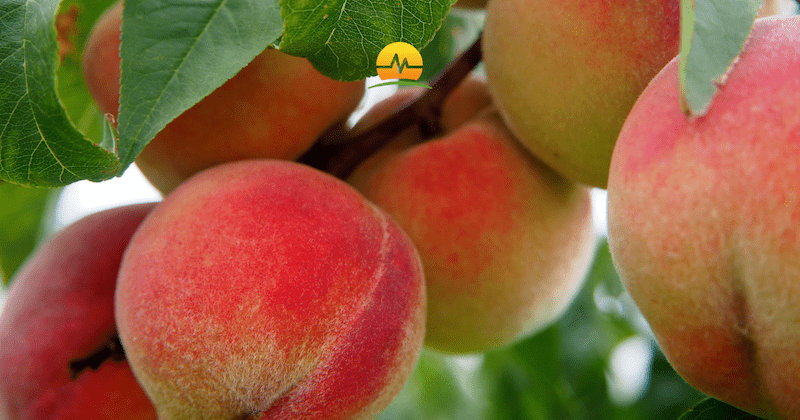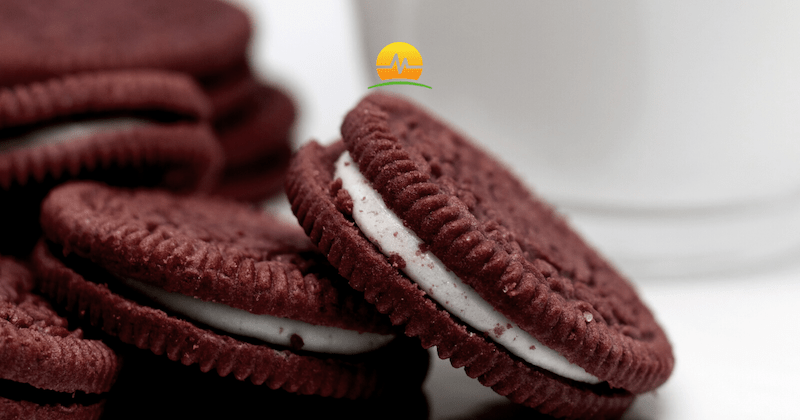Blog Archives
Eating Out After Bariatric Surgery
Eventually this pandemic will be over and we all will feel comfortable eating out again. Food is a big part of life, and when you suddenly have to micromanage what you put in your mouth, it can become a bit overwhelming. One of the many lifestyle changes following bariatric surgery is to commit to eating a healthy diet. This goes beyond your own kitchen meals to what you eat at a restaurant.
Peanut Butter & Banana Shake

Peanut butter and banana are a classic pair for a reason. Mix up this bariatric friendly protein shake to bring a fresh take to your boring shake.
Ingredients:
- 1 Premier Protein® Chocolate Shake
- ½ of a Medium Banana, peeled and frozen
- 2 Tbsp powdered Peanut Butter
- 5 Cubes of Ice
Recurring Polyps of the Colon – Genetic or Environmental?
As we know, a colonoscopy is the most effective way to prevent colon cancer. Routine colonoscopiesstarting at 45 years old for those with average risk and repeated every ten years, can drastically reduce the risk of developing colon cancer by finding pre-cancerous polyps before they have a chance to become malignant. These colonoscopies, while dreaded by many, have reduced the rates of colon cancer cases and deaths over the past couple decades.
If polyps or pre-cancerous growth are found in the colon, colonoscopies can also remove these growths. This is all completed during the same procedure while the patient is sedated. But for some, regardless of their risk of colon cancer, polyps may return over and over again.
Peach Protein Smoothie

Need a fruity, protein pick me up? A cool, thick smoothie can be a satisfying breakfast or lunch. Using a low-calorie protein shake as the liquid component balances the natural sugars in the fruit helping you feel full longer and better manages a shift in blood sugar. This bariatric surgery appropriate recipe can be easily changed up by adding spices like cinnamon or swapping in other fruits or berries.
Five Tips to Improving your Colon Health and Reducing the Risk of Colon Cancer
There are almost 150,000 cases of colon and rectal cancer each year, of which there are between 50,000 and 60,000 deaths. This makes colon cancer more deadly, in absolute terms, than breast cancer and prostate cancer. And yet, colon cancer is one of the most preventable and treatable diseases. Much of the increase in colon cancer occurrence is due to poor dietary and exercise habits that we, as a society, have adopted in the past several decades. Processed foods, amongst other poor dietary choices, have contributed to an obesity epidemic that has caused rates of colon cancer to increase dramatically through the mid-80s. Fortunately, better screening and education has mitigated some of this rise through the use of colonoscopy. As prevention is always better than even early treatment, here are our top five recommendations on reducing the risk of colon cancer.
Cheesecake Bites, Cookies & Cream Style
Cheesecake is an indulgent treat, but does indulgent have to equal unhealthy? Using a protein shake to add sweetness and flavor also balances the nutrition and helps make this treat more filling and less empty calories. If cookies and cream isn’t your preferred flavor, simply swap the protein shake flavor.

When You Can Ignore Blood in Your Stool
In fairness, the title of this blog post is misleading, but we did so on purpose. We did so, very simply, because there’s never a time that blood in the stool should be ignored. Yet, over and over again, we see patients who have experienced blood in their stool, convinced themselves it is something minor, and avoided coming to see their doctor or colorectal surgeon. The problem is, that something minor and very treatable today may progress to something more aggressive over time and can ultimately cause significant quality-of-life issues – even malignancy – and ultimately, fewer treatment options. While the only good option is visiting your doctor, the following is an idea of the most common causes of blood in the stool and, ultimately, what should be done to address them.
Extra Protein Eggnog

With eggs as a main ingredient, you might think of eggnog as a healthier holiday treat. Although the eggs do add protein that most beverages don’t have, eggnog also traditionally includes milk, cream and sugar, each upping the calorie count. For the same festive flavor with more protein and less sugar and fat, try this bariatric friendly Extra Protein Eggnog recipe this season.
What’s So Bad About Living with GERD?
You probably don’t know anyone that hasn’t experienced some sort of reflux. This may be caused by a large meal, particularly spicy food, strenuous activity shortly after a meal or even sleep shortly after eating. It happens to all of us once in a while. However, when simple acid reflux becomes chronic, this is when we diagnose it as gastroesophageal reflux disease or GERD.
GERD, on the surface, seems like a relatively innocuous problem that simply causes some discomfort after meals and could be managed with antacids or over the counter Proton Pump Inhibitors (PPIs). However, the problems that come with GERD run much deeper, especially if left untreated or undertreated.
Protein Peppermint Mocha
Festive cups and familiar holiday drinks are a fun part of the season, but those sugary drinks can stretch your health goals. Get that same comforting flavor without the extra calories, sugar, and fat by making your own with Premier Protein®. If you need to cup, grab a reusable one you can wash and reuse all season long

